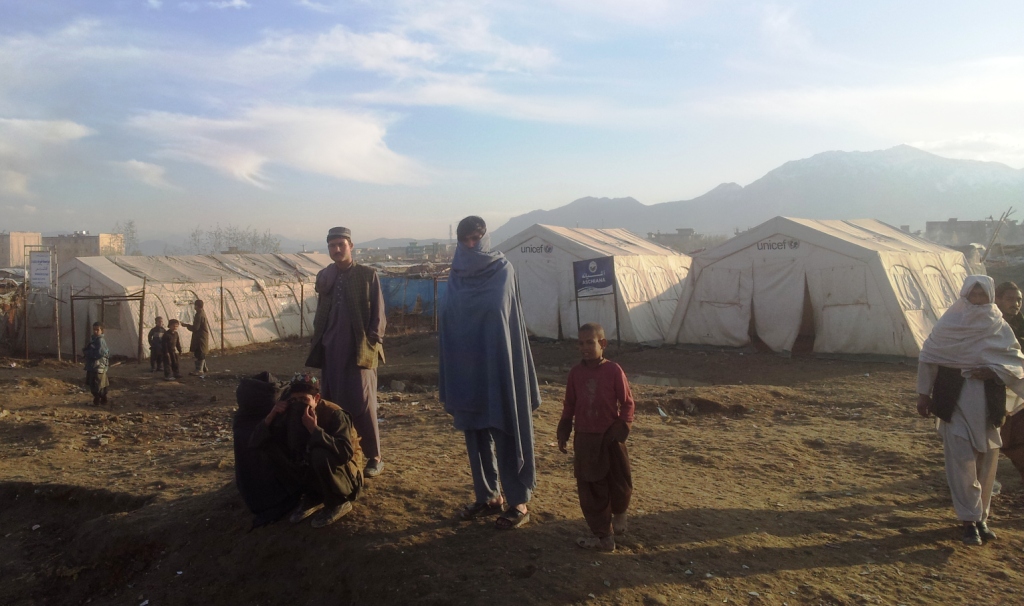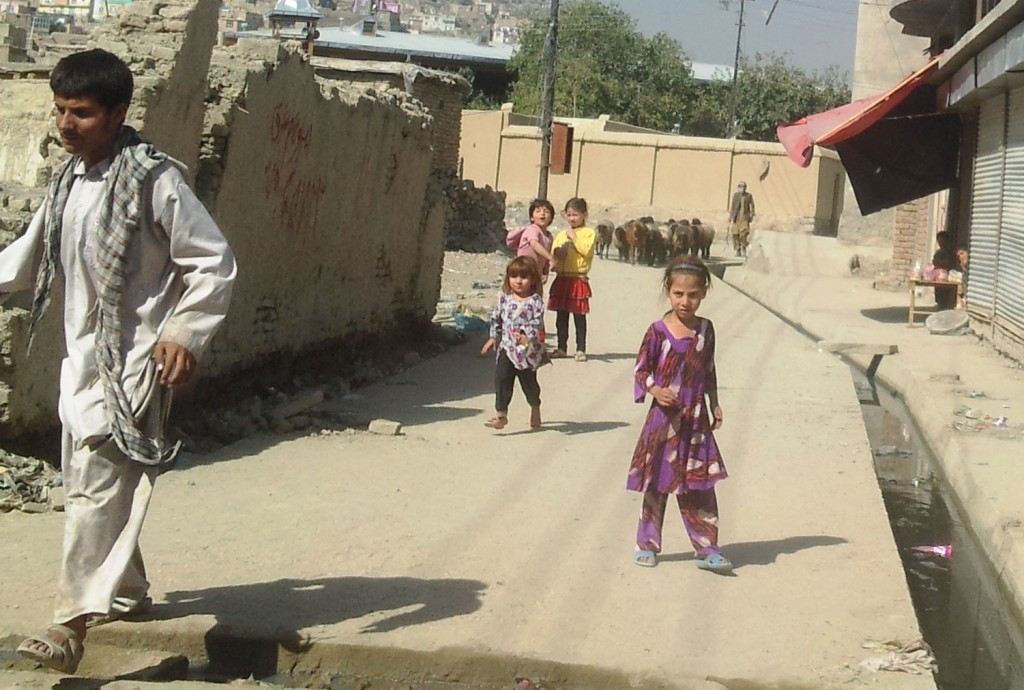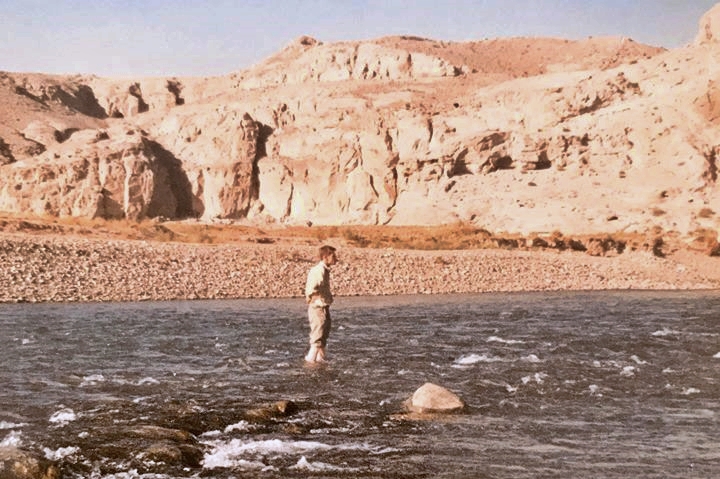Wed 15 September UPDATED ON 20 SEPTEMBER
Today I tried to send money by Western Union to a friend in Afghanistan. At their office on Louise square, Brussels, I was told that the Afghan government had banned transfers to the country. The director came to confirm that it had been a decision of the Taliban; the employee shook his head sadly in commiseration with the Afghans. Later I managed to transfer the amount on the company’s online platform. It was just not possible in dollars anymore, only in the local currency. That makes sense, because there are not so many dollars left in Afghanistan, and they are needed to buy things from abroad – such as food. Edit 10 November: my donation arrived in the Afghan bank but my friend had to come every day to stand in line, and each time he was told the money was there but they had no cash to pay him out. After three weeks I recalled the money and then sought out an Afghan money trader in Belgium that could send the money to my friend through the hawala system. Transfer costs are a bit lower than with Western Union and my friend could pick up the money from Kabul’s money market the same day.
The EU High Representative, Josep Borrell, said in a press statement this afternoon that a serious lessons learnt exercise was needed within the EU to reflect on the results of twenty years of statebuilding efforts. He also stated the EU should engage the new Taliban government (underlining it is not the same as recognizing them), overriding some member states who rather not even talk to the Taliban. He congratulated Europe on increasing the humanitarian aid available to Afghans to 200 million Euros. The Taliban government, in turn, yesterday thanked the world for the 1.2 billion USD pledged in Geneva to aid Afghanistan. But no European aid will be delivered through the Afghan government. The Ministries of Education, Health, Rural Development and others will have insufficient funds to confront the looming crisis.




